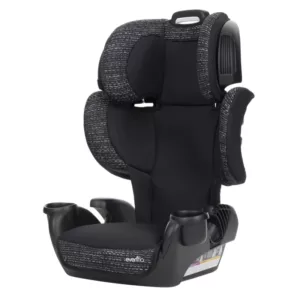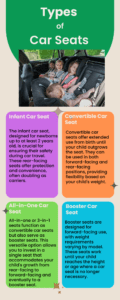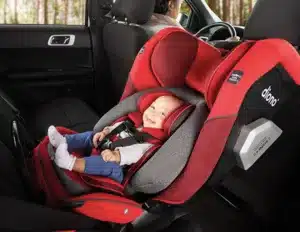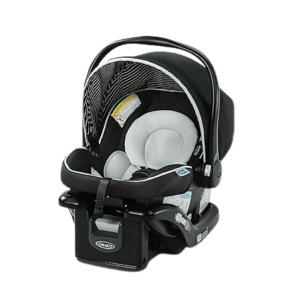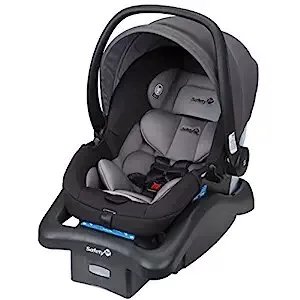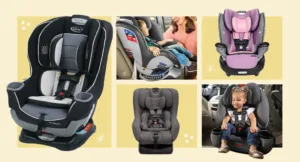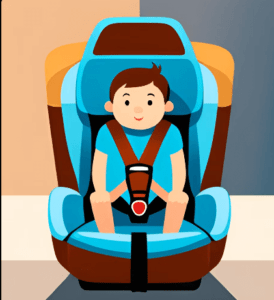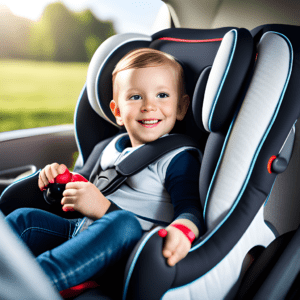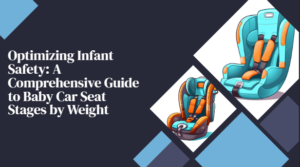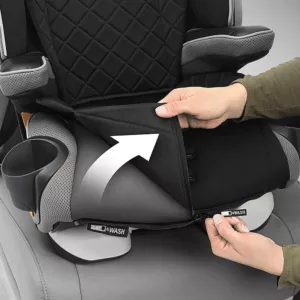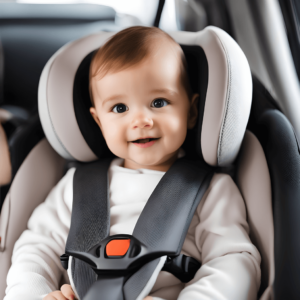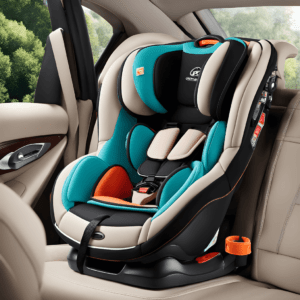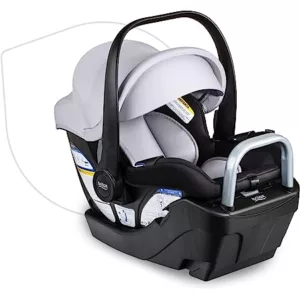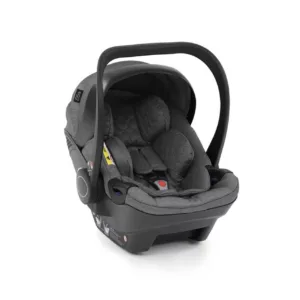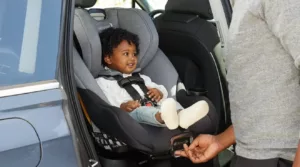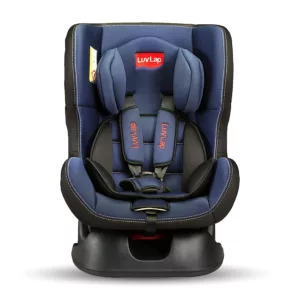The safety of children on the road is a paramount concern for parents, and understanding Louisiana car seat laws is crucial for ensuring their well-being. These Car Seat Laws in Louisiana are designed to protect young passengers and outline specific requirements for child restraint systems based on age, weight, and height. Let’s delve into the details of Louisiana car seat laws and their importance in keeping children safe during travel.
Thank you for reading this post, don't forget to subscribe!Info-Graphics Louisiana Car Seat Laws
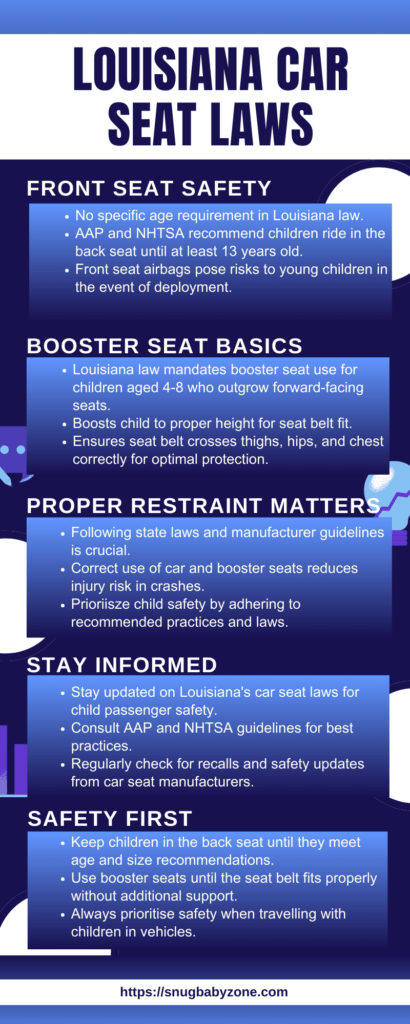
Why Car Seats Matter:
Motor vehicle crashes pose a significant risk to children, making proper car seat usage essential. According to the American Automobile Association (AAA), using an appropriate car seat can significantly reduce the risk of injury or death in a crash. Despite these facts, some parents still overlook the importance of securing their children in car seats, prompting the enactment of stringent laws to uphold child safety standards.
Table of Contents
ToggleLouisiana Car Seat Laws Height and Weight:
Louisiana car seat laws height and weight, as outlined by the Governor’s Highway Safety Association (GHSA), mandate the following requirements:
- All drivers in Louisiana must adequately restrain children under 18 according to federal safety standards.
- Infants and toddlers under 2 years old must ride in rear-facing car seats until they reach the height or weight limit specified by the manufacturer.
- Toddlers and preschoolers aged 2 to 4 who outgrow rear-facing seats should transition to forward-facing seats with harness systems, adhering to manufacturer guidelines.
- Preschoolers and school-age children (4 to 8 years old) who outgrow forward-facing seats must use belt-positioning booster seats secured with vehicle lap/shoulder belts.
- Children at least 9 years old, or those who outgrow booster seats, should use vehicle safety belts adequately fitted to their size.
- Children under 13 should ride in the back seat and be appropriately restrained in a car seat, booster seat, or safety belt.
- Correct fitting of safety belts includes ensuring the belt snugly crosses the child’s chest, thighs, and hips, providing optimal protection.
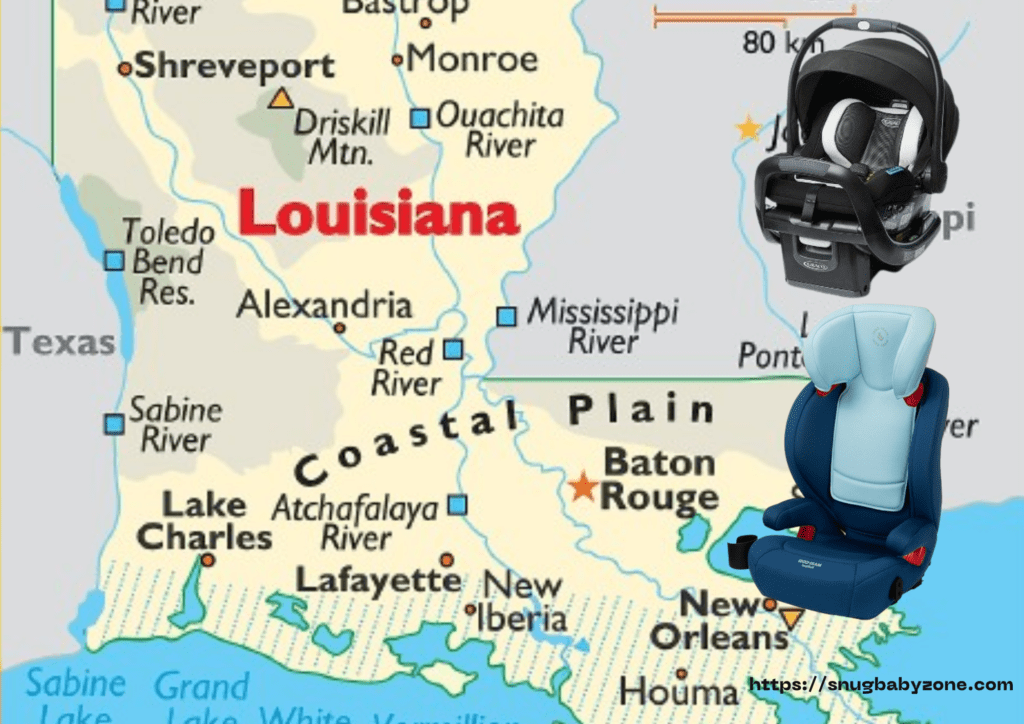
Additional Rules Car Seat Laws Louisiana:
- Children under 6 years old or under 60 pounds must ride in the back seat if the vehicle has activated airbags.
- In cases with more children under 13 than available restraint systems, unrestrained children should ride in the back seat if possible.
- Exemptions apply for children with medical conditions preventing the use of car seats, and car seat laws do not apply to taxis.
Penalties for Non-Compliance – Car Seat Laws Louisiana:
Violating Car Seat Laws in Louisiana can result in fines and penalties, escalating consequences for repeat offences. The first offence for failing to comply with rear-facing child seat laws incurs a fine of $100, increasing for subsequent violations.
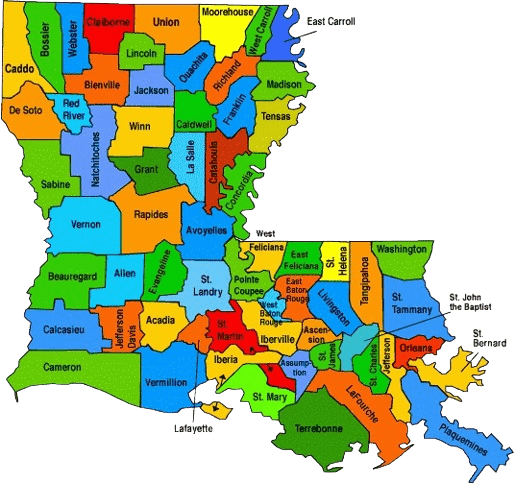
Conclusion of Louisiana Car Seat Laws:
Ensuring compliance with Louisiana car seat laws is vital for safeguarding children during travel. By adhering to these regulations and using appropriate child restraints, parents can significantly reduce the risk of injury to their young passengers. Continuous education and awareness are essential in promoting child passenger safety and minimising preventable accidents on the road.
Frequently Asked Questions about Car Seat Laws Louisiana:
1. Does Louisiana have a seat belt law?
Yes, Louisiana has a seat belt law requiring all vehicle occupants, including drivers and passengers, to wear seat belts while in motion. This law applies to front and back-seat passengers, regardless of age. Failure to comply with the seat belt law can result in fines and penalties.
2. What is the passenger law in Louisiana?
- Louisiana car seat laws, also known as the child passenger safety law, mandates specific requirements for the restraint of children in motor vehicles. These requirements include using appropriate child restraint systems such as car seats, booster seats, or safety belts based on the child’s age, weight, and height. The law aims to protect children from injury or death in the event of a car crash.
3. What are the car seat laws in the US?
- Car seat laws in the United States vary by state but generally follow guidelines set by the American Academy of Pediatrics (AAP) and the National Highway Traffic Safety Administration (NHTSA). These laws typically require car seats for infants, toddlers, and young children, with specific regulations regarding rear-facing seats, forward-facing seats, booster seats, and safety belt usage. Each state may have its own rules regarding age, weight, and height requirements for child restraint systems.
4. What age is appropriate for car seats?
- The right age for car seats depends on various factors, including the child’s developmental stage, weight, and height. In general, infants and toddlers should ride in rear-facing car seats until they reach the weight or height limit specified by the car seat manufacturer, typically around two years old or more. After outgrowing a rear-facing seat, children should transition to forward-facing car seats with harness systems. As they become more senior and prominent, children will progress to booster seats and eventually use vehicle safety belts once they meet the criteria for proper fit, typically around 8-12 years old. It’s essential to follow the specific guidelines provided by car seat manufacturers and adhere to state laws regarding child passenger safety.
5. What age can a child sit in the front seat in Louisiana?
- In Louisiana, no specific age requirement is stipulated by law for when a child can sit in the front seat of a vehicle. However, the American Academy of Paediatrics (AAP) and the National Highway Traffic Safety Administration (NHTSA) recommend that children ride in the back seat until they are at least 13. This recommendation is based on safety concerns, particularly regarding the deployment of airbags.
- Airbags are designed to deploy with considerable force to protect adults in the event of a crash. However, for young children, especially those in rear-facing or forward-facing car seats, the force of an airbag deployment can cause severe injury or even death. Therefore, it’s safest for children to ride in the back seat, away from the impact zone of frontal airbags.
6. When can a child sit in a booster seat in Louisiana?
- Booster seats are essential for ensuring the vehicle’s seat belt fits the child correctly. They elevate the child to a height where the seat belt crosses their body at the appropriate points: snugly across the thighs and hips, and the shoulder portion crosses the centre of the chest and not the neck. This positioning helps prevent injuries in a crash by distributing the force of impact across the most vital parts of the child’s body.
Related Resource:
- Montana Car Seat Laws
- Booster Seat Laws NC
- Virginia Car Seat Laws
- North Carolina Car Seat Laws
- Virginia Drive Smart Annual Report
- Booster Seat Laws Va
- South Carolina Car Seat Laws
- Florida Car Seat Laws
- California Car Seat Law
- NJ Car Seat Law
- Car Seat Laws Missouri
- CT Car Seat Laws






